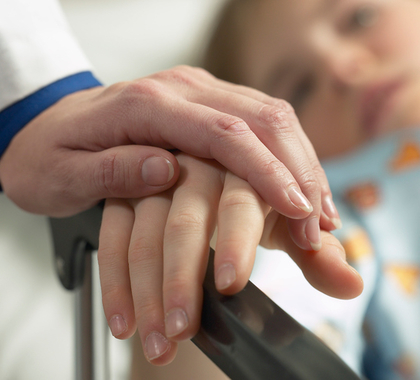If, however, you’re an American, you might have to travel to Japan to take advantage of these breakthroughs.
In recent decades, the time and costs required to obtain new medications, treatments, and therapies have increased significantly. One cause of these increases is the slow government approval process. Many patients suffer and even die because they cannot access treatments held back by government. Further, many of the new and most promising regenerative medicine products do not fit into existing regulatory regimes.
Japan faced these and other challenges. That country’s researchers were calling for reforms and its aging population made the need for better treatments for the elderly imperative. Fortunately, Japanese policymakers had at hand the right idea at the right time: Free To Choose Medicine (FTCM), which creates an alternative to traditional government certification processes. Free To Choose Medicine can cut years off the approval process of medical treatments and therapies compared to the current system in the United States.
In late 2014, Japan passed two new laws. One law adopted the FTCM regime for regenerative medicine products that could be reimbursed under that country’s health insurance system. The second law set new rules for cell and tissue-based treatments that are provided by private clinics not reimbursed by the Japanese health insurance system. These clinics had not fallen under the old approval regime and do not fall under the new FTCM regime. In late 2017, lawmakers fine-tuned the regulations set forth in the second law to ensure safety and efficacy.




